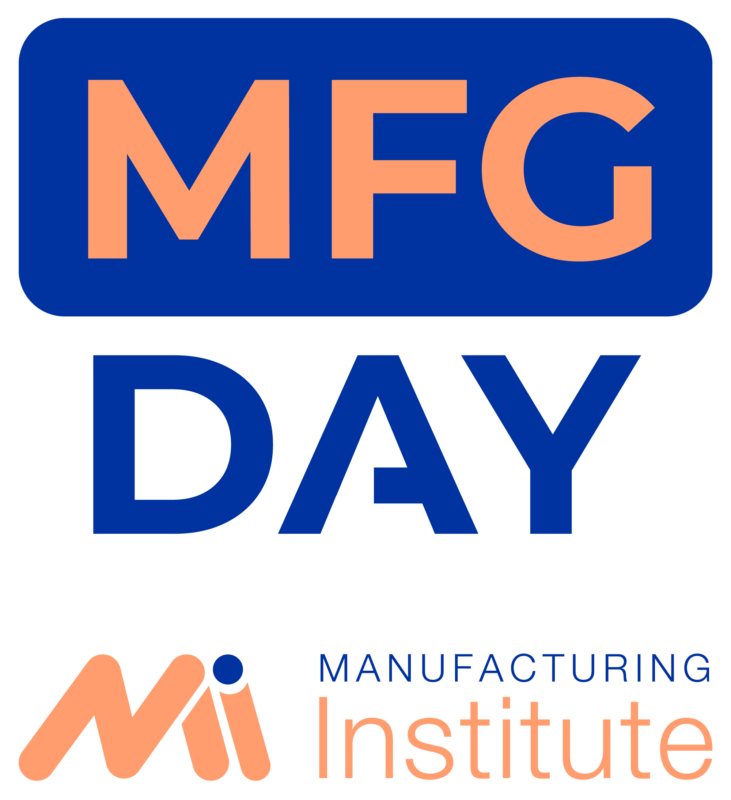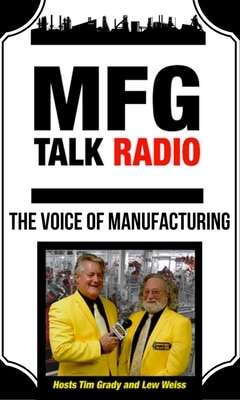
NEWS PROVIDED BY: Institute for Supply Management
02 Oct, 2023, 10:00 ET
New Orders and Backlogs Contracting; Employment and Production Expanding; Supplier Deliveries Faster; Raw Materials Inventories Contracting; Customers’ Inventories Too Low; Prices Decreasing; Exports and Imports Contracting
TEMPE, Ariz., Oct. 2, 2023 /PRNewswire/ — Economic activity in the manufacturing sector contracted in September for the 11th consecutive month following a 28-month period of growth, say the nation’s supply executives in the latest Manufacturing ISM® Report On Business®.
The report was issued today by Timothy R. Fiore, CPSM, C.P.M., Chair of the Institute for Supply Management® (ISM®) Manufacturing Business Survey Committee:
“The Manufacturing PMI® registered 49 percent in September, 1.4 percentage points higher than the 47.6 percent recorded in August. The overall economy expanded weakly after nine months of contraction following a 30-month period of expansion. (A Manufacturing PMI® above 48.7 percent, over a period of time, generally indicates an expansion of the overall economy.) The New Orders Index remained in contraction territory at 49.2 percent, 2.4 percentage points higher than the figure of 46.8 percent recorded in August. The Production Index reading of 52.5 percent is a 2.5-percentage point increase compared to August’s figure of 50 percent. The Prices Index registered 43.8 percent, down 4.6 percentage points compared to the reading of 48.4 percent in August. The Backlog of Orders Index registered 42.4 percent, 1.7 percentage points lower than the August reading of 44.1 percent. The Employment Index registered 51.2 percent, up 2.7 percentage points from the 48.5 percent reported in August.
“The Supplier Deliveries Index figure of 46.4 percent is 2.2 percentage points lower than the 48.6 percent recorded in August. (Supplier Deliveries is the only ISM® Report On Business® index that is inversed; a reading of above 50 percent indicates slower deliveries, which is typical as the economy improves and customer demand increases.)
“The Inventories Index increased by 1.8 percentage points to 45.8 percent; the August reading was 44 percent. The New Export Orders Index reading of 47.4 percent is 0.9 percentage point higher than August’s figure of 46.5 percent. The Imports Index remained in contraction territory, registering 48.2 percent, 0.2 percentage point higher than the 48 percent reported in August.”
Fiore continues, “The U.S. manufacturing sector continued its contraction trend but at a slower rate, recording its best performance since November 2022, when the PMI® also registered 49 percent. Companies are still managing outputs appropriately as order softness continues, but the month-over-month PMI® improvement in September is a clear positive. Demand eased marginally, with the (1) New Orders Index contracting, though at a slower rate, (2) New Export Orders Index continuing in contraction territory but with a marginal increase, and (3) Backlog of Orders Index declining. The Customers’ Inventories Index reading indicated improved supply chain efficiency, as output improved and customers’ inventories continued to decline. Output/Consumption (measured by the Production and Employment indexes) was positive, with a combined 5.2-percentage point upward impact on the Manufacturing PMI® calculation. Panelists’ companies improved production compared to August and continued to manage head counts, primarily through attrition and hiring freezes. Inputs — defined as supplier deliveries, inventories, prices and imports — continued to accommodate future demand growth. The Supplier Deliveries Index indicated faster deliveries for the 12th straight month, at a faster rate compared to August, and the Inventories Index remained in contraction territory, but improved month over month. The Prices Index remained in ‘decreasing’ territory, 4.6 percentage points lower than the August reading, signifying a return to price reductions, but energy costs in August and September could possibly affect future material costs. Manufacturing supplier lead times continue to decrease, but at a slow pace.
“Of the six biggest manufacturing industries, two — Food, Beverage & Tobacco Products; and Petroleum & Coal Products — registered growth in September.
“Demand remains soft, but production execution improved compared to August as panelists’ companies prepared for the fourth quarter and the close of the fiscal year. Suppliers continue to have capacity. Seventy-one percent of manufacturing gross domestic product (GDP) contracted in September, up from 62 percent in August. More importantly, the share of sector GDP registering a composite PMI® calculation at or below 45 percent — a good barometer of overall manufacturing weakness — was 6 percent in September, compared to 15 percent in August and 25 percent in July, a clear positive,” says Fiore.
The five manufacturing industries that reported growth in September are: Nonmetallic Mineral Products; Food, Beverage & Tobacco Products; Textile Mills; Primary Metals; and Petroleum & Coal Products. The 11 industries reporting contraction in September — in the following order — are: Printing & Related Support Activities; Furniture & Related Products; Plastics & Rubber Products; Paper Products; Fabricated Metal Products; Wood Products; Computer & Electronic Products; Machinery; Electrical Equipment, Appliances & Components; Chemical Products; and Transportation Equipment.
WHAT RESPONDENTS ARE SAYING
- “In the evolving supply chain environment, customers are increasingly taking an active role in initiating new projects, looking for cost reduction opportunities and lead-time mitigation, with a growing emphasis on collaboration. Post-pandemic, customers have learned they need partners to navigate rough waters.” [Computer & Electronic Products]
- “We need to coordinate very closely with suppliers in order to yield a more cost-competitive offer. More back and forth is needed to reach a reasonable total price.” [Chemical Products]
- “Orders and production remain steady, and we are maintaining a healthy backlog. Continued inflation and wage adjustments continue to drive prices up, although we should get some relief from the markets stabilizing.” [Transportation Equipment]
- “Cost increases are now generally isolated to specific commodities rather than blanket increases due to ‘inflation.’ ” [Food, Beverage & Tobacco Products]
- “Markets remain soft. Our customers have about-right inventory levels, but they paid more due to pandemic cost increases. Everyone is holding off on increasing inventories, hoping they can buy at lower costs.” [Apparel, Leather & Allied Products]
- “Overall, things continue to be very steady: Sales and revenue are as expected, and the supply environment has stabilized greatly versus 2021-22. Some things to watch include the Panama Canal (drought), U.S.-China relations, and the impact the UAW (United Auto Workers) strike could have on suppliers of ours who support automotive production. But overall conditions feel stable.” [Miscellaneous Manufacturing]
- “Cement negotiations have changed, with cement mills no longer offering annual or guaranteed pricing. We now want to contract more as a commodity, leaning toward quarterly, with fluctuating prices yet to be determined.” [Nonmetallic Mineral Products]
- “A recession feels imminent. Money continues to be pushed into the bank markets, driving inflation rates really high. Most plants are buying less material or reducing consumption in the name of sustainability, as well as running at 80 percent of capacity. Prices of some products may increase for the upcoming winter weather.” [Petroleum & Coal Products]
- “Business conditions and market demand remain strong. We are projected to be at capacity in the next 12 months.” [Primary Metals]
- “New business development is coming onboard. However, many forecasts are set for the beginning of 2024. Hiring and retaining quality people is still a struggle.” [Textile Mills]
SOURCE Institute for Supply Management
About Institute for Supply Management® (ISM®)
Institute for Supply Management® (ISM®) is the first and leading not-for-profit professional supply management organization worldwide. Its community of more than 50,000 in more than 100 countries manage about US$1 trillion in corporate and government supply chain procurement annually. Founded in 1915 by practitioners, ISM is committed to advancing the practice of supply management to drive value and competitive advantage for its members, contributing to a prosperous and sustainable world. ISM empowers and leads the profession through the ISM® Report On Business®, its highly-regarded certification and training programs, corporate services, events and the ISM Supply Chain Capability Model™. The ISM® Report On Business®, Manufacturing, Services, and Hospital, are three of the most reliable economic indicators available, providing guidance to supply management professionals, economists, analysts, and government and business leaders. For more information, please visit: www.ismworld.org.
RELATED CONTENT:
IFE 2023 Fastener Hall of Fame and Young Fastener Professional of the Year Inductees
Fastener News, Fastener News Desk, Manufacturing


















